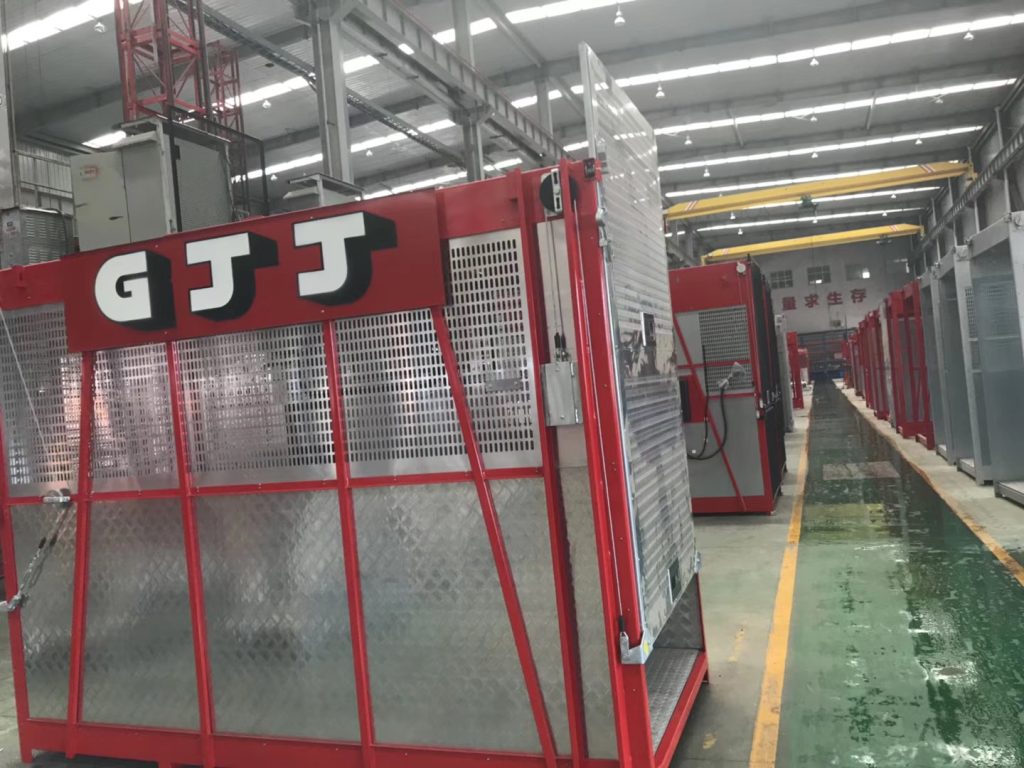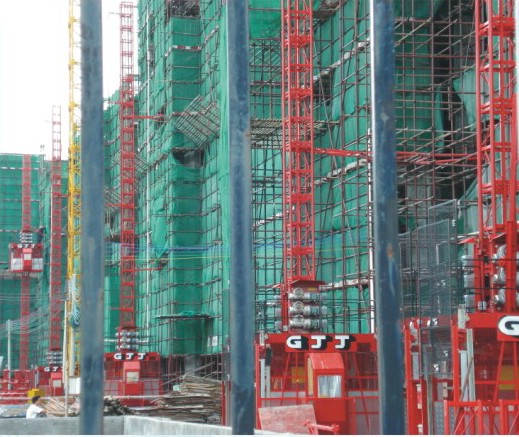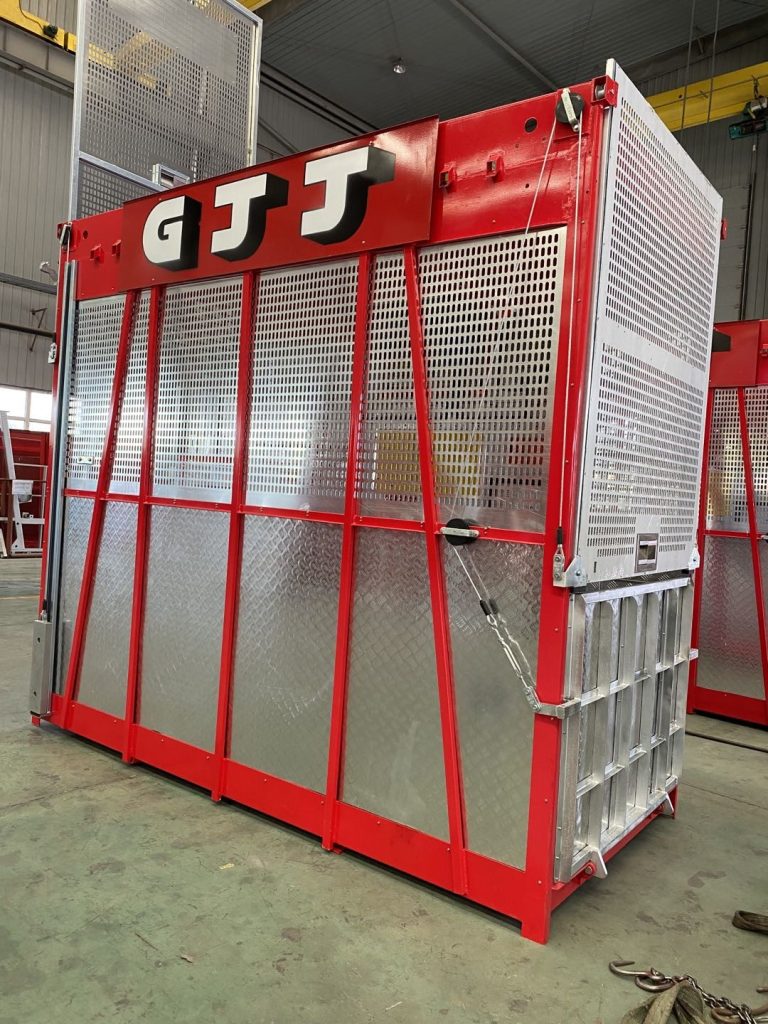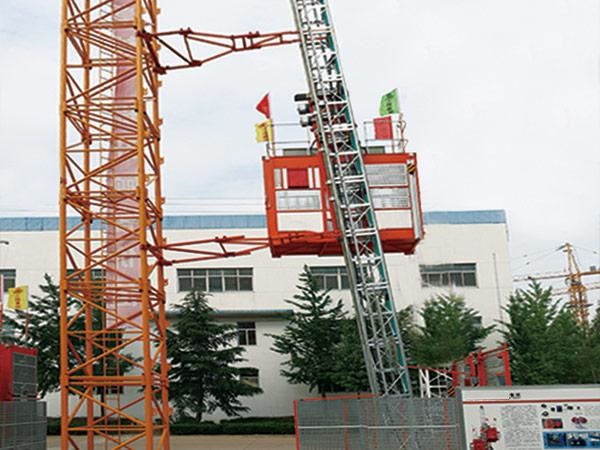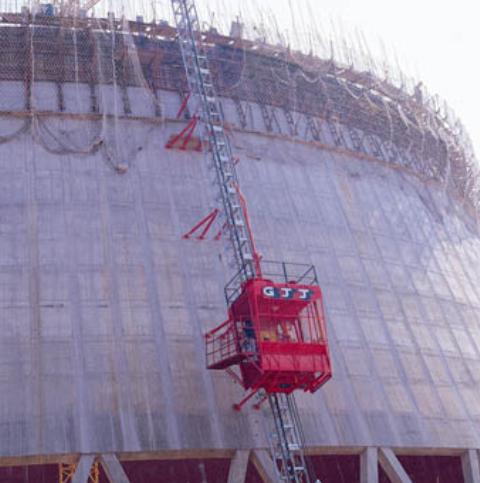When it comes to vertical lifting equipment, two common types often come into consideration: electric hoists and hydraulic hoists. Both are widely used across industries such as construction, warehousing, logistics, and manufacturing, and both serve a shared function—lifting and moving heavy loads vertically.
However, despite their similar purpose, electric and hydraulic hoists differ significantly in design, performance, and suitability for specific applications.
If you’re evaluating which hoist type best fits your operational needs, understanding the key advantages of electric hoists over hydraulic hoists is crucial for making a well-informed and cost-effective decision. Let’s explore their differences in application, maintenance, and performance.
Electric vs. Hydraulic Hoists: Key Comparison
Application Comparison
| Standard | Electric Hoist | Hydraulic Hoist |
| Typical Use | Light to medium-duty across many industries | Heavy-duty lifting, often in construction and mining |
| Installation | Easy to install; ideal for indoor and compact setups | Requires more space and complex hydraulic systems |
| Control | Push-button or remote-controlled; simple to operate | Pressure valve control; requires trained operators |
Electric hoists are ideal for businesses needing flexibility and speed, especially in environments like factories or logistics centers where setup space is limited.
Maintenance Comparison
| Factor | Electric Hoist | Hydraulic Hoist |
| System Complexity | Simple motor and gearbox | Complex system with pumps, valves, and fluid lines |
| Fluid Handling | No hydraulic fluid required | Requires regular maintenance of hydraulic oil |
| Leak Risk | None | Risk of oil leaks and potential system failure |
| Spare Parts | Readily available, standardized | Often requires custom or specialized parts |
Electric hoists are easier and cheaper to maintain—less downtime, fewer breakdowns, and no messy hydraulic fluid to worry about.
Performance Comparison
| Performance Metric | Electric Hoist | Hydraulic Hoist |
| Lifting Speed | Fast and consistent | Slower due to fluid dynamics |
| Load Precision | High; electronic controls enable exact positioning | Moderate; harder to fine-tune |
| Energy Efficiency | Lower energy consumption, less loss | Hydraulic loss reduces overall efficiency |
| Noise Level | Quieter operation (~75 dB) | Noisier system (~85+ dB) |
| Environmental Impact | Clean, no risk of spills or contamination | Oil leaks may pose environmental and safety risks |
Electric hoists offer faster, quieter, and more energy-efficient lifting—perfect for clean and controlled environments.
Feature-by-Feature Analysis
| Feature | Electric Hoist | Hydraulic Hoist |
| Precision & Control | ±1 mm accuracy, variable speed, soft start/stop | Less precise, unstable movement under load |
| Operating Cost | 60% lower energy use, ~$200/year maintenance | Higher consumption, over $1,500/year in maintenance |
| Safety & Cleanliness | No fluid leaks, quieter (75 dB), no injection hazards | Prone to leaks, louder, poses OSHA-related risks |
| Smart Features | IoT monitoring, and PLC integration are available | Limited connectivity and automation |
| Durability | 200+ cycles/day, instant start, high-temp resistant | Requires warm-up; performance varies with temperature |
| Best Suited For | Manufacturing, warehousing, precision engineering | IoT monitoring and PLC integration are available |
Conclusion: Why Choose Electric Hoists?
If your business prioritizes efficiency, ease of use, and lower operational costs, electric hoists are often the smarter choice. They offer:
- Lower energy bills
- Simpler, safer operation
- Reduced maintenance efforts
- Clean, quiet performance
- Advanced integration with smart systems
While hydraulic hoists continue to play a vital role in extreme and heavy-duty environments, electric hoists are fast becoming the preferred solution in modern, high-efficiency facilities.
Construction Hoist for Sale
From the time of our founding in 2006, CPTC – Chongqing Clipper Industry Co., Ltd. Of China has focused exclusively on the Construction engineering equipment and spare parts. Including complete construction hoist, tower crane, gondola and spare parts. We are supplying spare parts of GJJ, ZENIT, HERCULES, ORBIT, CREDO, LIFTEC, VERTILIFT, A.T.L., BAODA, ZOOMLION, XCMG, SANY and so on. Our products including, GEAR RACK, PINON, SAFETY DEVICE, MOTOR, GEARBOX, ROLLER, MASTER SECTION, TIE IN, CABLE, LIMIT SWITCH, FIXING AGNLE, BOLT, SLEWING RING, INVERTER…. We have developed a unique expertise and knowledge of our products. Our technical knowledge and foundational support, combined with the high quality of our product, has made CPTC one of the most successful in the construction equipment industry.

